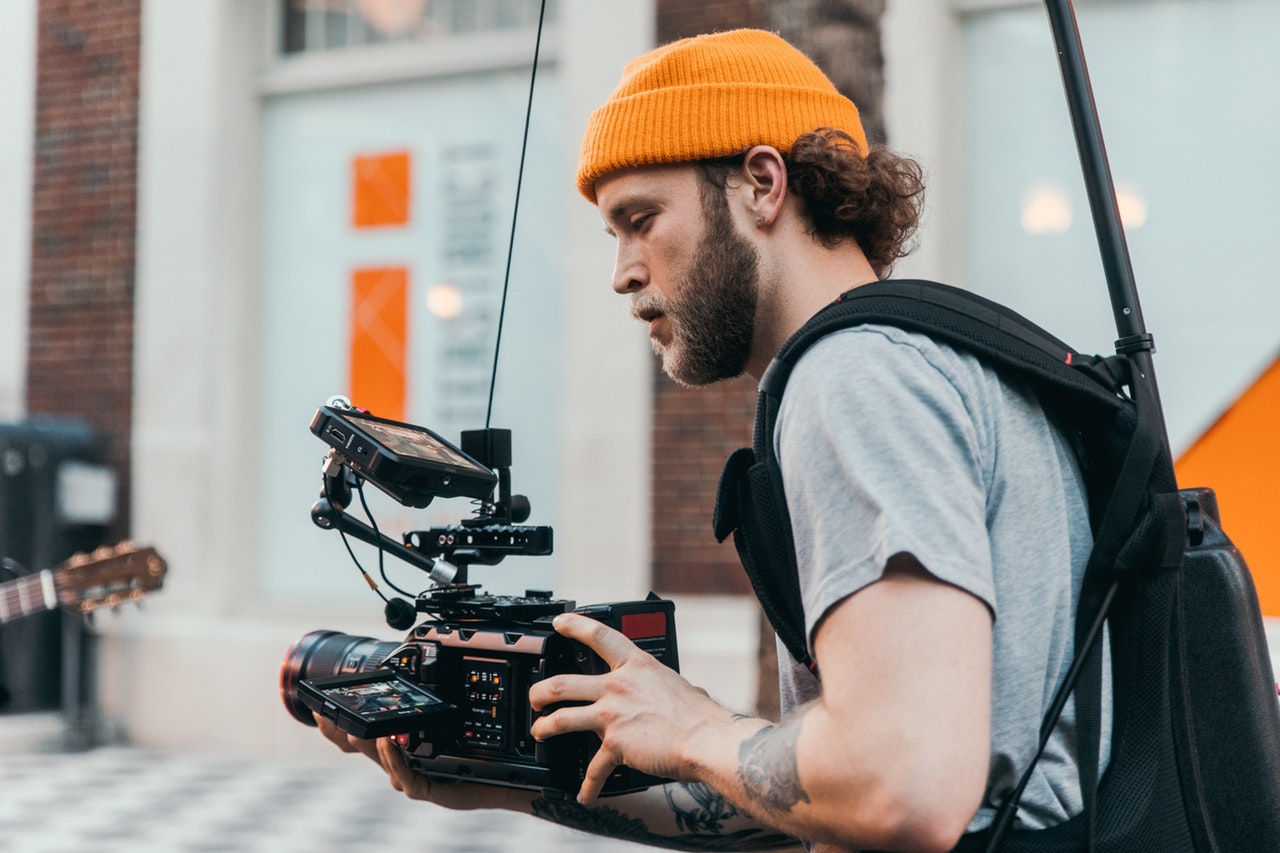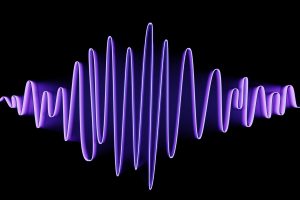If you’re looking to create impressive videos, you need to have the right videography-specific gear in hand. These days, top brands are coming up with DSLRs and mirrorless cameras with features to match the ever increasing demands of videographers. But the question is – despite these video-oriented features, are these cameras worth the investment?
Do the features they come with beat the attributes of pro camcorders? That is what we will be talking about in today’s post. First, let’s understand the features each of these camera models offer and what makes them well suited for videography (and what doesn’t!).
Mirrorless Cameras
Mirrorless cameras are lightweight, robust, and increasingly affordable. As a videographer, when presented with such a package of killer features, it’s hard not to be tempted. The features of these wondrous creations vary greatly, including cinema-quality sensors, shutter control, in-built optical stabilisation, built-in ND filters (sometimes variable), not to mention alternate lens mount options. As a result, mirrorless cameras really do pack a punch in the video quality department, and in such a small package, it’s a great example of how far video technology and engineering has progressed in recent years.
Arguably one of the best parts about these cameras is that they are built for comfortable usage. That’s also why these cameras come with many accessory options for handheld and mobile productions.

Now the question is – if mirrorless cameras offer so many video-centric features, why don’t everyone opt for them?
To put it very simply: because mirrorless cameras come with their downsides too (I know, sometimes things are just too good to be true). Let’s have a look at the cons of mirrorless cameras for videography:
Expensive Models
Although arguably the most accessible entry point into video in terms of price, mirrorless cameras are not always cheap. On the contrary, the latest models are packed with cutting-edge technology in a sleek body and come with a host of exceptional features. But unfortunately, some of these features are perfect for photography and not videography – which also explains splurging in mirrorless cameras for videography doesn’t make sense.
Lack of Audio Recording Features
Most low-end mirrorless camera models don’t have headphone sockets. So even if you were to attach an external microphone, your mirrorless camera wouldn’t be able to record good quality audio. The lack of audio recording features in many mirrorless cameras is a significant drawback, considering how vital audio is in videos.
However, it’s not impossible. It is possible to purchase mic adapters which will input into the camera, and camera cages that you can use to mount audio accessories to. But of course, it’s all extra cost, which may or may not be an issue. The below image shows a good example of a mirrorless camera with audio rigging:

Slower Focusing Capabilities
Mirrorless cameras offer a shallow depth of field, which is perfect for shooting stills. But this very boon can turn into a con when it comes to videos – in fact, slower depth of field is annoying for videography (not to mention parfocal issues when zooming in and out). In addition, the ability of mirrorless cameras to hold focus with motion is not up-to-the-mark.
Size and Complexity
When it comes to size, mirrorless cameras are bigger than their equivalent camcorder counterparts. To ensure you get good quality videos, you would further need additional accessories, which add to the bulk. The image stabilization offered by mirrorless cameras isn’t that great either. And how can we not mention the complex features? If you’re a beginner at videography, you’re sure to fumble with the consuming format of mirrorless cameras.
These drawbacks can make it challenging to shoot impeccable videos, especially if you are a beginner. Therefore, it is advisable to pick a camcorder, which is built to deliver crystal-clear video quality. So, what sets a camcorder apart from a mirrorless camera or any other camera models out there? Let’s have a look:
Top Features of Camcorders
High-Quality Video
As compared to mirrorless cameras, camcorders have a clear edge when it comes to video resolution. Camcorders also offer additional features to complement this excellent video resolution. You can easily adjust the field of view, white balance, and shutter speed as you capture the video. With built-in 4K support and the right codec, you can easily record extreme closeups without hampering the video quality.

Greater, Stable Magnification
Even a semi-professional camcorder will offer a total zoom range as compared to a mirrorless camera. The wide zoom range ensures you have greater magnification without disrupting the quality of videos. Many long-zoom cameras cannot match the supreme 30x, or 60x lenses camcorders offer. Thanks to this excellent magnification, you can capture even the minutest details in the scene with utmost precision and clarity.
Flexible Design and Interface
When it comes to capturing subjects in motion, it is essential to have a lightweight, agile, and quick camera – all at once. And this is where camcorders fit the bill perfectly. Designed to be held for long periods, camcorders are pretty compact and light in weight. Of course, a typical mirrorless camera will weigh lighter than a camcorder – but once you attach the lens to it, it is sure to weigh more than any given camcorder.

While cameras come with LCD screens, not all of them have rotating displays featured by camcorders. And yes, the LCD screens are significant to ensure comfortable visibility. Camcorders are compatible with external microphones and other additional video production equipment too. Thanks to the excellent ergonomics of these camcorders, you can quickly zoom, pan, follow, and focus upon a subject in motion with ease. Every feature of a camcorder is built to ensure a seamless user experience. So whether you are a beginner or professional, you wouldn’t have to struggle with the design or interface at all.
Better Storage
Typically, cameras record videos to flash memory cards, whereas digital camcorders record memory cards and hard drives. In addition, the excellent storage capabilities ensure you can record for a longer time without worrying about any hindrances. For example, most mirrorless cameras would allow you to record for around 29 odd minutes, limiting their effectiveness right away. But that’s not the case with camcorders, making them perfect for long shooting hours.
Built-in Streaming Options
Live streaming and vlogging are currently in vogue, and modern camcorders are adapting accordingly, too. Camcorders now feature built-in streaming options, using which you can effortlessly stream your videos either wirelessly or via LAN. Most mirrorless cameras feature only wireless control, whereas camcorders offer both LAN and wireless connectivity. Thanks to these features, you can live stream directly from your camcorder to different platforms.
Built-in Filters
Most professional camcorders feature built-in ND filters, which are absent in mirrorless cameras. With these built-in filters, it is easy to shoot in locations with different lighting conditions. In addition, you can quickly adjust the filter parameters to meet the requirements of the video shoot.
Summing Up
Mirrorless cameras do have exceptional features – it’s just that these characteristics will not help deliver the quality of videos you would expect them to. Whether you are a beginner or professional, you want to churn out exceptional quality videos – without a blur or flaws. For this, you need to invest in a good quality, top-notch camcorder. In addition, camcorders have perfect features that make videography a fun experience for you. So if you have been pondering over which one to buy (a mirrorless camera or a camcorder), you now know which one you should pick – a camcorder, for its features and excellent performance.




